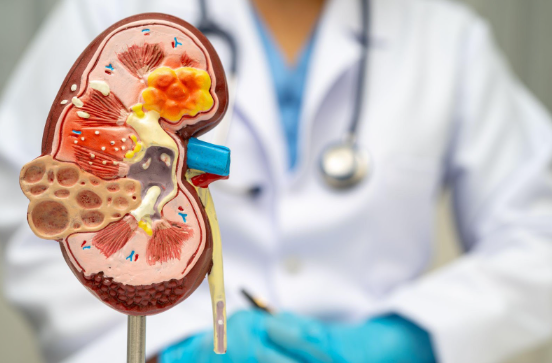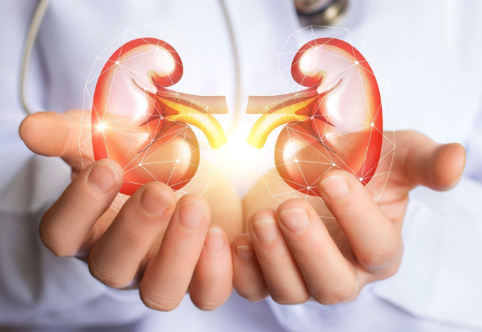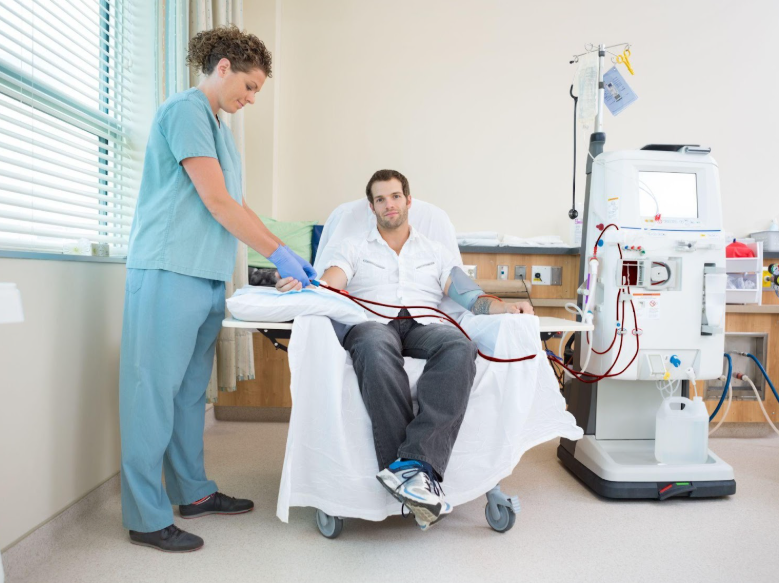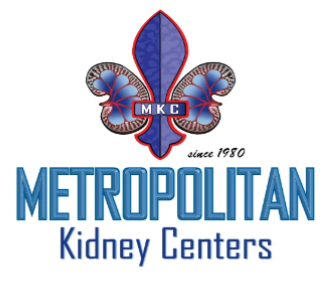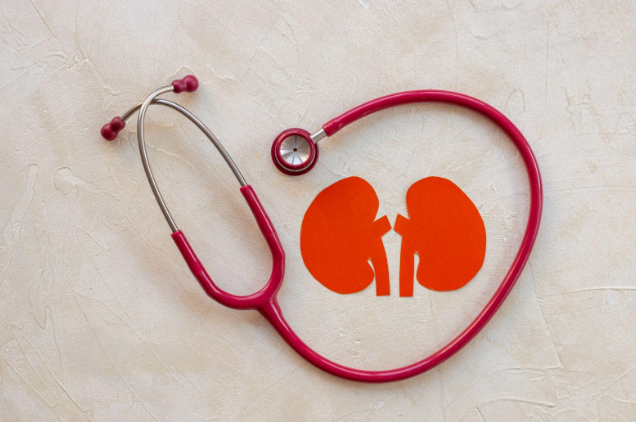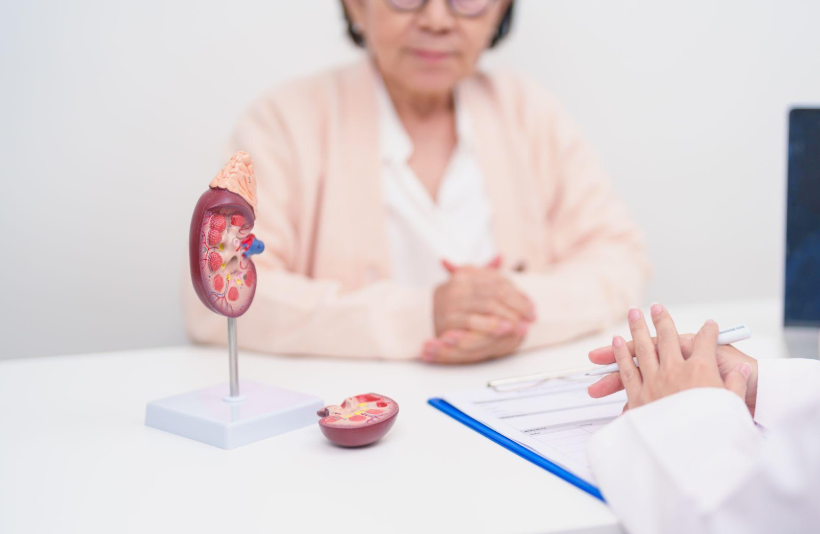How Are Kidney Stones Treated?
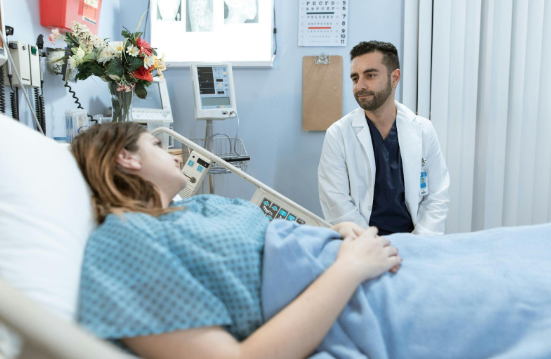
Kidney stones are something most of us have heard about in passing, largely due to just how painful they can truly be. These hard deposits form inside the kidneys and can cause significant discomfort when they pass through the urinary tract.
The good news is that there are several effective treatments available to manage and remove kidney stones, depending on their size, location, and composition.
What Are Kidney Stones, and How Do They Form?
Kidney stones are solid masses of tiny crystals that develop when certain substances in the urine, such as calcium, oxalate, and uric acid, become concentrated. These stones can vary in size and be sand like or even as big as a golf ball.
While small stones might pass through the urinary tract unnoticed, larger stones can block the flow of urine and cause intense pain, often described as one of the worst types of pain imaginable. Other symptoms can include nausea, vomiting, blood in the urine, and frequent urination.
Diagnosis and Initial Steps
If you suspect you have a kidney stone, seek medical attention for a proper diagnosis. Your doctor will likely order imaging tests such as an X-ray, CT scan, or ultrasound to determine the size and location of the stone. Blood and urine tests may also be conducted to identify the type of stone and assess kidney function.
Once a kidney stone is confirmed, your doctor will discuss treatment options with you based on the stone’s size, location, and your overall health. For smaller stones, conservative management may be recommended, while larger stones might require more invasive treatment.
Conservative Management for Small Stones
If your kidney stone is small—usually less than 5 millimeters in diameter—there’s a good chance it will pass on its own with some help from home remedies and medications.
Increase Fluid Intake
Drinking plenty of water is the first line of defense. Staying well-hydrated helps dilute your urine, which can prevent new stones from forming and may assist in flushing out small stones. Aim for at least 2 to 3 liters of water a day unless your doctor advises otherwise.
Pain Management
Passing a kidney stone can be incredibly painful. Ibuprofen, acetaminophen, or other over-the-counter pain relievers can help with pain management. In some cases, you may be prescribed strong pain medications by your doctor.
Medications to Facilitate Stone Passage
Your doctor might prescribe medications known as alpha-blockers, such as tamsulosin, to help relax the muscles in your ureter (the tube connecting your kidney to your bladder). This makes it far easier for the stone to pass.
Dietary Changes
If you’ve had a kidney stone before, you may be advised to make dietary changes to prevent future stones. Depending on the type of stone, your doctor may suggest reducing your intake of certain foods, such as those high in oxalates (like spinach and nuts), or cutting back on sodium and animal protein.
Medical Treatments for Larger Stones
When a kidney stone is too large to pass on its own or causes severe symptoms, more direct medical intervention may be necessary. Several procedures are available, each tailored to the size and location of the stone.
Extracorporeal Shock Wave Lithotripsy (ESWL)
ESWL is one of the most common treatments for kidney stones that are too large to pass naturally. This procedure harnesses shock waves to break the stone into smaller pieces, which allows them to pass more easily through the urinary tract. During the procedure, the shock waves are directed at the stone using X-ray or ultrasound guidance.
ESWL is usually performed under sedation or anesthesia to minimize discomfort. After the procedure, you might experience some pain or bruising, but most people can return to normal activities within a few days.
Ureteroscopy
Ureteroscopy is a minimally invasive procedure that involves inserting a thin, flexible tube (ureteroscope) with a camera on the end through the urethra and bladder into the ureter to locate the stone. Once the stone is found, the doctor can use small tools to break it up or remove it entirely.
Ureteroscopy is often used for stones that are stuck in the ureter or kidney and can’t be treated with ESWL. The procedure is done under general or spinal anesthesia, and most people go home the same day. A stent may be temporarily placed in the ureter to help with healing and urine flow.
Percutaneous Nephrolithotomy (PCNL)
For very large kidney stones or stones that can’t be removed with ESWL or ureteroscopy, percutaneous nephrolithotomy (PCNL) may be recommended. This surgical procedure involves making a small incision in your back to insert a tube directly into the kidney. The stone is then located and removed with a nephroscope.
PCNL is usually done under general anesthesia and requires a short hospital stay. While it’s more invasive than other treatments, it’s highly effective for large or complex stones.
Open Surgery
Open surgery for kidney stones is rare and typically reserved for cases where other treatments have failed or when the stone is very large and located in a difficult-to-reach area. The surgeon makes a larger incision in the side to access the kidney and remove the stone directly.
Due to the recovery time and potential complications associated with open surgery, it’s usually considered only as a last resort.
Preventing Future Kidney Stones
Once you’ve had a kidney stone, you’re at a higher risk of developing another. Fortunately, there are steps you can take to reduce the likelihood of recurrence. The most important thing you can do is drink plenty of water throughout the day to keep your urine diluted and reduce the concentration of stone-forming substances. Regular follow-up appointments with your doctor can help monitor kidney health and catch any potential stones early.
Taking proactive steps to manage kidney stones not only alleviates current symptoms but also prevents future occurrences, ensuring better kidney health and overall well-being. If you’re suffering from kidney stones, consult our team at
Metropolitan Kidney Center. We can help you manage your stones and prevent further problems.
Contact us today!
